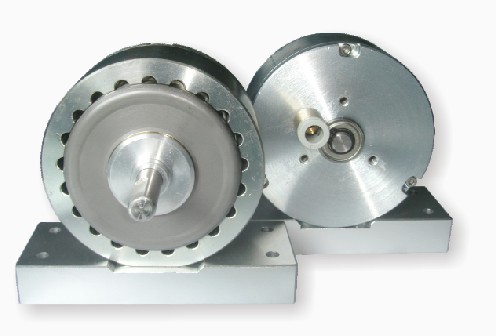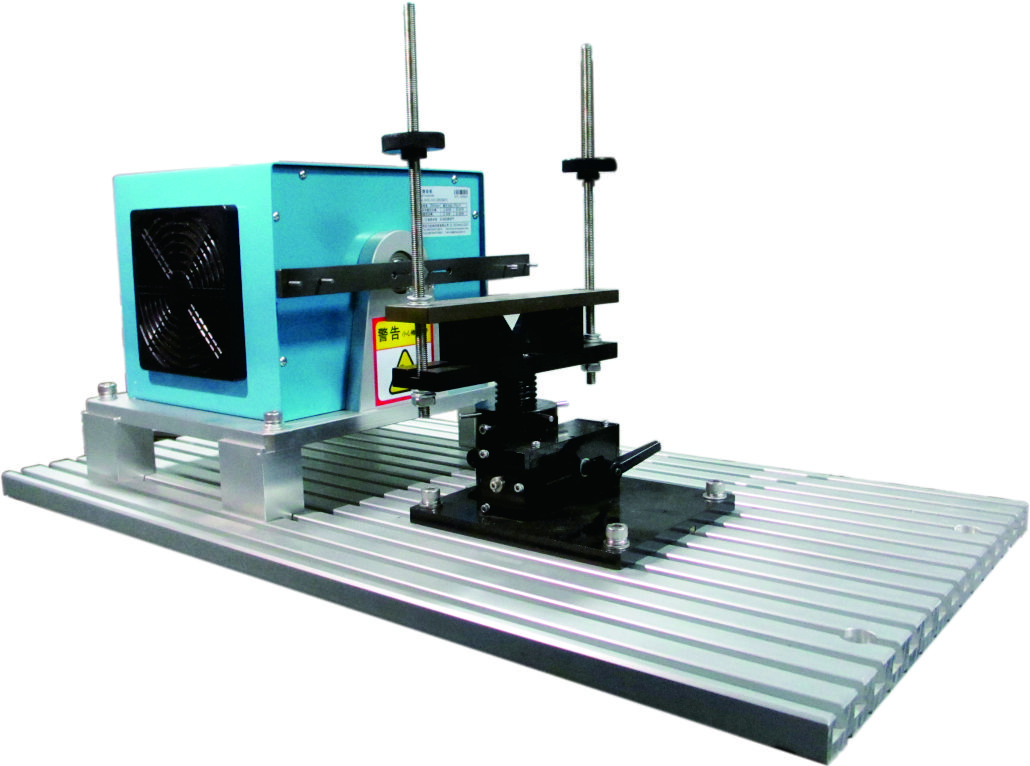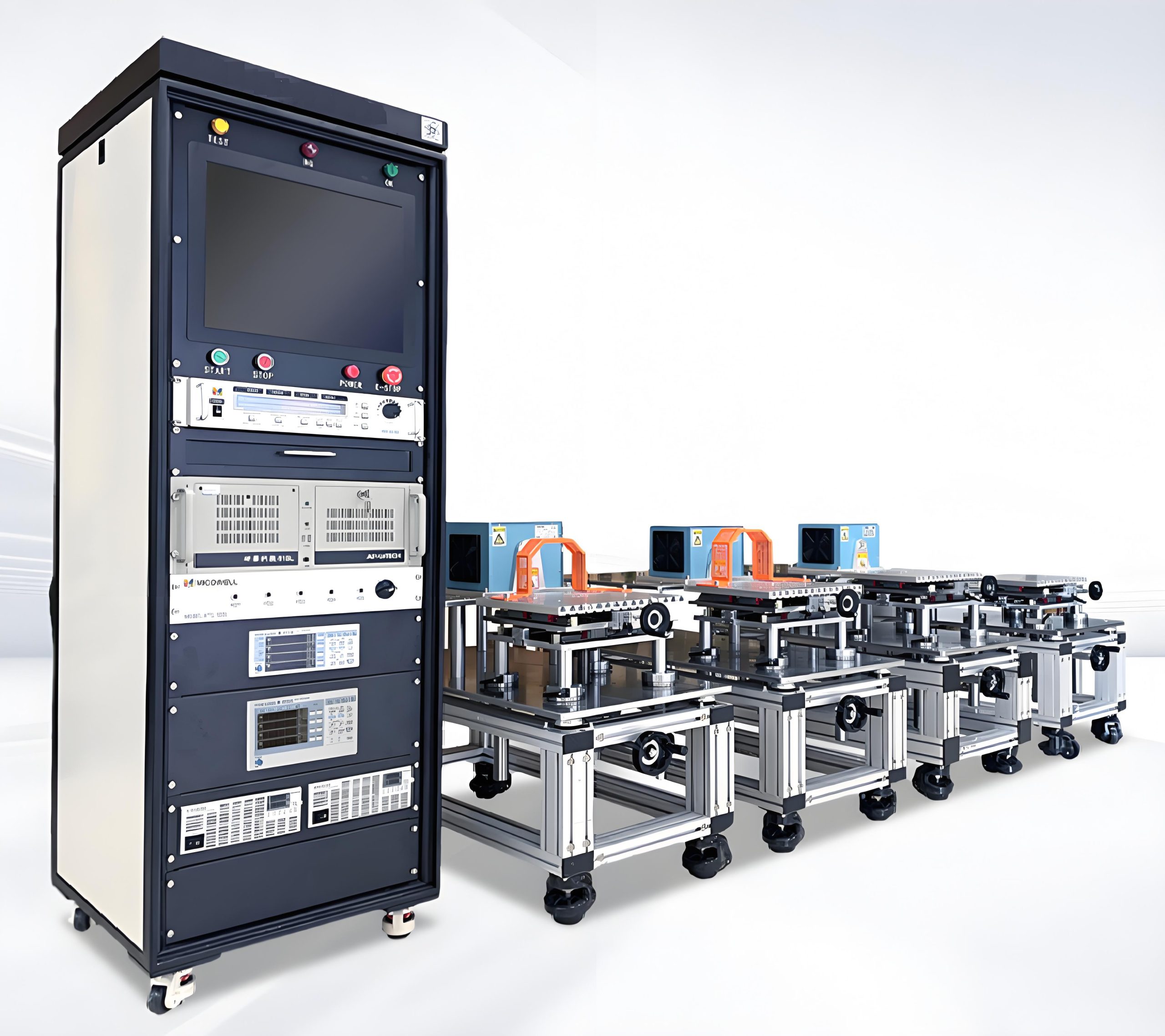The Precision Revolution How Servo Pressing is Redefining Manufacturing Standards 🏭💡
Imagine a manufacturing floor where every press movement flows with the grace of a ballet dancer—utterly precise, effortlessly adaptable, and astonishingly efficient. This isn’t a futuristic fantasy. It’s the reality servo pressing technology delivers today. Gone are the days of jerky, one-size-fits-all mechanical presses. Welcome to an era where control, customization, and conservation reign supreme. WHAT EXACTLY IS SERVO PRESSING? ________________________________________ At its core, a servo press replaces traditional flywheels and clutches with a sophisticated servo motor system. Think of it as giving your press a \“brain\” and \“nerves.\” Unlike conventional presses that operate at fixed speeds and forces, servo presses dynamically adjust every parameter—position, speed, torque—in real time. How? Through closed-loop feedback systems where sensors constantly monitor performance and a programmable logic controller (PLC) makes micro-second adjustments. The result? A press that doesn’t just smash—it thinks, adapts, and perfects. WHY INDUSTRY GIANTS ARE SWITCHING TO SERVO ________________________________________ 1. Unmatched Precision \u0026 Consistency 🔍 In medical device manufacturing, a variance of 0.01mm can mean life or failure. Servo presses deliver positional accuracy within microns. Automotive giants like Toyota use them for fuel injector assemblies where valve seating pressure must be identical across millions of units. No more \“good enough\” batches—just flawless output, every single cycle. 2. Energy Efficiency That Slashes Costs ⚡ Traditional presses waste up to 60% energy spinning flywheels during idle cycles. Servo presses? They only consume power during active pressing. Bosch recorded a 40% drop in energy bills after retrofitting their assembly lines with servo systems. Multiply that across 100 presses, and you’re funding R\u0026D with savings. 3. Flexibility Without Retooling Nightmares 🔄 Need to switch from stamping 0.5mm aluminum to 3mm steel? With servo, changeovers happen via software—not wrench marathons. Apple’s supplier Foxconn uses this to pivot between iPhone chassis variants in 90 seconds. The press \“remembers\” 200+ recipes: adjust stroke length, dwell time, or acceleration curves with a tap. 4. Reduced Wear \u0026 Quieter Operations 🛠️🔇 Elimination of clunky mechanical components means 70% fewer breakdowns. Honda’s transmission gear lines reported 3-year maintenance intervals instead of quarterly. Noise pollution? Servo presses operate at 75 dB—conversational levels versus the 110 dB screech of old presses (that’s like swapping a jackhammer for a dishwasher). REAL-WORLD APPLICATIONS: BEYOND THEORY ________________________________________ Aerospace ✈️ Titanium turbine blades require gradual, multi-stage forming without micro-cracks. GE Aviation’s servo presses apply variable force curves that mimic artisan craftsmanship—at production-line speeds. Electronics 📱 Samsung’s foldable phone hinges demand nano-scale precision. Servo systems insert pins with 0.005mm tolerance while monitoring resistance feedback to reject sub-assemblies before the next station. Sustainability ♻️ Tesla’s gigafactories use servo-driven presses for battery casing production. Energy recovery systems convert deceleration power into electricity, feeding it back into the grid. Zero scrap runs aren’t aspirational—they’re Tuesday. THE HIDDEN ROI: MORE THAN MACHINERY  ________________________________________ While the press itself dazzles, the intelligence ecosystem elevates it: Predictive Maintenance Alerts 🚦 Vibration sensors detect misalignments weeks before failure. You get an email: \“Bearing C3: Replace in 14 days.\” Downtime? Planned for lunch breaks.
________________________________________ While the press itself dazzles, the intelligence ecosystem elevates it: Predictive Maintenance Alerts 🚦 Vibration sensors detect misalignments weeks before failure. You get an email: \“Bearing C3: Replace in 14 days.\” Downtime? Planned for lunch breaks.  IoT Integration 🌐 Production data syncs with ERP systems in real time. Managers in Berlin watch live OEE (Overall Equipment Effectiveness) dashboards for plants in Mexico City, optimizing schedules globally. Skill Democratization 👩💻 Operators use intuitive HMIs (Human-Machine Interfaces) with drag-and-drop programming. No PhD needed—train teams in days, not months. OVERCOMING OBJECTIONS: DEBUNKING MYTHS ________________________________________ Myth: \“Servo presses are too expensive.\”
IoT Integration 🌐 Production data syncs with ERP systems in real time. Managers in Berlin watch live OEE (Overall Equipment Effectiveness) dashboards for plants in Mexico City, optimizing schedules globally. Skill Democratization 👩💻 Operators use intuitive HMIs (Human-Machine Interfaces) with drag-and-drop programming. No PhD needed—train teams in days, not months. OVERCOMING OBJECTIONS: DEBUNKING MYTHS ________________________________________ Myth: \“Servo presses are too expensive.\”  Truth: Yes, upfront costs are 20-30% higher. But ROI calculators don’t lie: Reduced scrap + energy savings + zero retooling fees = payback in 18 months. After that? Pure profit. Myth: \“Our current presses work fine.\” Truth: Competitors using servo tech are eating your lunch. They’re making complex geometries you can’t, at half the reject rate, while attracting ESG-conscious clients with lower carbon footprints. THE FUTURE: WHERE SERVO TECH IS HEADED ________________________________________ Artificial Intelligence is the next frontier. Imagine presses that self-optimize: – Machine learning algorithms analyze historical data to suggest force adjustments for new materials. – Computer vision integration scans parts mid-press, auto-correcting drift in microseconds. German leader Schuler already demoed a press that \“learns\” from operator overrides—then replicates them autonomously. YOUR ACTION PLAN: UPGRADE SMARTLY
Truth: Yes, upfront costs are 20-30% higher. But ROI calculators don’t lie: Reduced scrap + energy savings + zero retooling fees = payback in 18 months. After that? Pure profit. Myth: \“Our current presses work fine.\” Truth: Competitors using servo tech are eating your lunch. They’re making complex geometries you can’t, at half the reject rate, while attracting ESG-conscious clients with lower carbon footprints. THE FUTURE: WHERE SERVO TECH IS HEADED ________________________________________ Artificial Intelligence is the next frontier. Imagine presses that self-optimize: – Machine learning algorithms analyze historical data to suggest force adjustments for new materials. – Computer vision integration scans parts mid-press, auto-correcting drift in microseconds. German leader Schuler already demoed a press that \“learns\” from operator overrides—then replicates them autonomously. YOUR ACTION PLAN: UPGRADE SMARTLY  ________________________________________ 1. Audit Your Pain Points 📋 Track scrap rates, energy use, and changeover times for a month. Numbers reveal where servo impact will be highest. 2. Pilot Before Scale 🚀 Test one servo press on a high-variability line. Measure metrics religiously. Success stories sell upgrades to the CFO. 3. Partner, Don’t Just Purchase 🤝 Choose suppliers who offer co-engineering support. Companies like Aida and Komatsu don’t just sell machines—they embed teams to ensure your ROI soars. Epilogue: The Silent Revolution Walk through any modern factory, and you’ll spot them: servo presses humming with quiet confidence. No roaring gears, no frantic technicians adjusting shims—just rhythmic, precise motion. This isn’t just machinery evolution. It’s a paradigm shift from \“make it fast\” to \“make it perfect.\” As Industry 4.0 accelerates, servo pressing isn’t a luxury; it’s the passport to relevance. The question isn’t \“Can we afford it?\“—it’s \“Can servo motor press afford NOT to leap?\” Ready to transform metal into magic? The future presses onward. 🚀🔧
________________________________________ 1. Audit Your Pain Points 📋 Track scrap rates, energy use, and changeover times for a month. Numbers reveal where servo impact will be highest. 2. Pilot Before Scale 🚀 Test one servo press on a high-variability line. Measure metrics religiously. Success stories sell upgrades to the CFO. 3. Partner, Don’t Just Purchase 🤝 Choose suppliers who offer co-engineering support. Companies like Aida and Komatsu don’t just sell machines—they embed teams to ensure your ROI soars. Epilogue: The Silent Revolution Walk through any modern factory, and you’ll spot them: servo presses humming with quiet confidence. No roaring gears, no frantic technicians adjusting shims—just rhythmic, precise motion. This isn’t just machinery evolution. It’s a paradigm shift from \“make it fast\” to \“make it perfect.\” As Industry 4.0 accelerates, servo pressing isn’t a luxury; it’s the passport to relevance. The question isn’t \“Can we afford it?\“—it’s \“Can servo motor press afford NOT to leap?\” Ready to transform metal into magic? The future presses onward. 🚀🔧